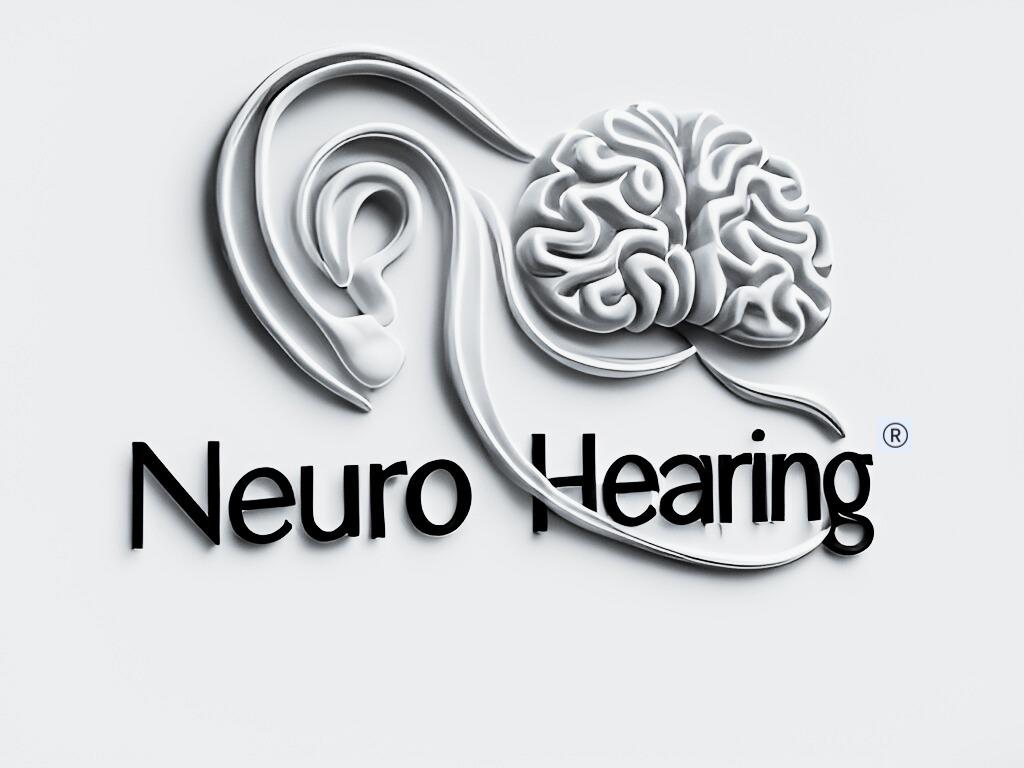How the Brain Processes Sound: A Deep Dive into Auditory Pathways
Sound surrounds us—whether it’s a loved one’s voice, birds chirping, or background music at a café. But have you ever wondered how we actually process those sounds? It’s not just your ears doing the work—your brain plays a massive role in helping you make sense of the world through sound.
Understanding how the brain processes sound is crucial not only for those interested in neuroscience, but also for anyone concerned about hearing loss, auditory health, or cognitive function. Let’s explore the incredible journey sound takes from your environment to your brain, and how this process can be disrupted by hearing disorders.

1. Sound Begins with Vibration
All sounds originate as vibrations in the air. These vibrations cause air molecules to move, creating sound waves. When these waves reach your outer ear, the hearing process begins.
The pinna (the visible part of your ear) captures sound waves and funnels them through the ear canal to the eardrum. The eardrum vibrates in response to the incoming sound waves.
🔗 Learn more about the difference between traditional Hearing Aids vs. NeuroTechnology™
2. From Mechanical to Electrical: The Role of the Inner Ear
Behind the eardrum lies the middle ear, which contains three tiny bones: the malleus, incus, and stapes. These bones amplify the vibrations and pass them into the cochlea, a snail-shaped structure in the inner ear.
Inside the cochlea is fluid and thousands of hair cells (called stereocilia). When sound vibrations move the fluid, it bends these hair cells. This mechanical movement is then converted into electrical signals—the language the brain understands.
🔗 Johns Hopkins Cochlear Center explains how the cochlea helps translate sound into brain-friendly signals.
3. The Auditory Nerve: Your Brain’s Sound Messenger
Once the cochlea converts the sound into electrical impulses, these signals travel via the auditory nerve (also known as the cochlear nerve) to the brainstem. This is where the true brain processing begins.
At this point, the brain isn’t just identifying the presence of sound, but it’s also analyzing qualities like:
Pitch
Loudness
Timing
Direction
4. The Brainstem: First Stop on the Neural Pathway
The auditory nerve connects to the brainstem, which acts like a relay station. Key areas here include:
Cochlear nucleus – sorts out different aspects of sound (frequency, intensity).
Superior olivary complex – plays a vital role in locating where a sound is coming from.
Lateral lemniscus – transmits signals to higher brain regions.
At this point, the brain starts to filter sounds and make decisions like which ones to prioritize.
5. The Midbrain and Thalamus: Tuning & Integration
The next stop is the inferior colliculus in the midbrain. This region helps us react to sound quickly—like when we instinctively turn our head toward a loud bang.
Then signals move to the medial geniculate body (MGB) in the thalamus. This area acts as a gatekeeper, deciding what sounds to pass along to the higher auditory centers based on importance or relevance.
6. Auditory Cortex: Where Meaning Comes Alive
Finally, the signals reach the primary auditory cortex in the temporal lobe of the brain. This is where the magic happens. Here, the brain:
Interprets spoken words
Identifies voices
Understands music
Recognizes emotional tones
And it all happens within milliseconds.
🔗 Harvard Health reports that this region also adapts to damage—showing the brain’s incredible neuroplasticity.
7. Brain Integration: Hearing Is Never Isolated
The auditory cortex doesn’t work alone. It constantly interacts with other areas of the brain:
The prefrontal cortex helps with attention and decision-making.
The amygdala links sound to emotions.
The hippocampus ties sound to memory.
That’s why a certain song can make you cry or a familiar voice can bring comfort.
8. What Happens When Things Go Wrong?
Damage to any part of the auditory pathway—whether from hearing loss, brain injury, or aging—can disrupt the way sound is processed.
For instance:
Sensorineural hearing loss affects the inner ear or auditory nerve.
Central auditory processing disorder (CAPD) impacts the brain’s ability to make sense of sound.
Auditory neuropathy is where signals don’t properly reach the brain despite healthy cochlear function.
🔗 Learn about hearing loss types at ASHA.
9. The Importance of Early Intervention
Delaying hearing care doesn’t just affect your ears—it affects your brain. Research shows that untreated hearing loss:
Increases the risk of cognitive decline and dementia
Impacts balance and increases fall risk
Reduces social engagement and worsens mental health
🔗 Cleveland Clinic emphasizes the risks of ignoring hearing loss.
10. Protecting the Auditory Brain
To support your brain’s hearing function:
Get regular hearing tests—especially after age 50
Use hearing aids or NeuroTechnology™ if recommended
Avoid excessive noise exposure (wear hearing protection)
Stay socially active and mentally engaged
🔗 Explore the dangers of ignoring hearing loss
Conclusion: Sound is a Brain Thing, Too
While your ears collect sound, it’s your brain that does the heavy lifting. Understanding how the brain processes sound—from the cochlea to the cortex—highlights the importance of protecting your hearing and acting early at the first sign of hearing trouble.
If you or someone you love is experiencing hearing challenges, don’t wait. Get a professional hearing assessment and explore solutions that support both your ears and your brain.
Need help getting started? Book a hearing consultation today
